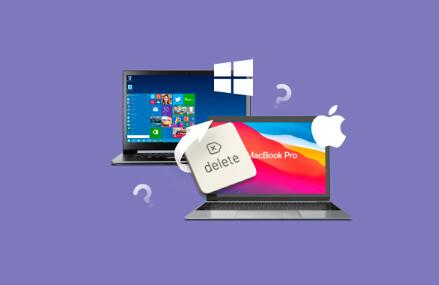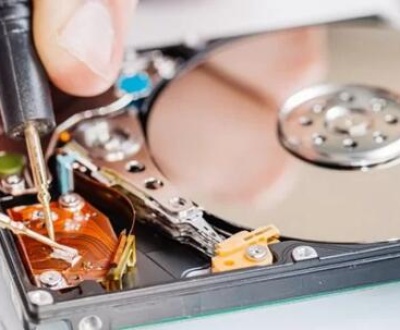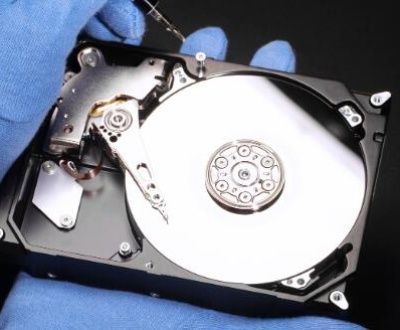Losing files from an SD card can be distressing, especially if they contain important photos, videos, or documents. Fortunately, if you’re using a Mac, there are several methods you can use to recover deleted files from your SD card for free.
SD Card File Deletion
Before diving into recovery methods, it’s essential to understand how file deletion works on SD cards. When you delete a file, it’s not immediately removed from the card. Instead, the operating system marks that space as available for new data. As long as that space isn’t overwritten by new files, you have a good chance of recovering the deleted data.
Why Files Get Deleted
Files can be deleted from SD cards for several reasons:
Accidental deletion
Formatting the SD card
Corruption of the SD card
Issues with the camera or device using the card
Preparing for Recovery
Stop Using the SD Card
The first step in recovering deleted files is to stop using the SD card immediately. Any new data written to the card can overwrite the deleted files, making recovery impossible. If you need to use the card, consider backing it up first.

Ensure Your Mac Recognizes the SD Card
Insert the SD Card: Use an SD card reader to connect the card to your Mac.
Check Finder: Open Finder and see if the SD card appears in the sidebar. If it does, you’re ready to proceed.
Methods for Recovering Deleted Files from SD Cards on Mac
Method 1: Check the Trash
Sometimes, deleted files might end up in the Trash. Follow these steps:
Open Trash: Click on the Trash icon in the Dock.
Search for Files: Look for the files you want to recover. If you find them, right-click and select “Put Back.”
Restore Files: The files will be restored to their original location.
Method 2: Use Time Machine Backup
If you have been using Time Machine to back up your Mac, you can restore files from a previous backup:
Connect the SD Card: Ensure your SD card is connected to your Mac.
Open Time Machine: Click the Time Machine icon in the menu bar and select “Enter Time Machine.”
Navigate to the Date: Use the timeline on the right to go to a date before the files were deleted.
Find the Files: Locate the files you want to restore.
Restore Files: Select the files and click “Restore.”
Method 3: Use Free Data Recovery Software
If the previous methods didn’t work, you can try free data recovery software. Here are some popular options that work well on Mac:
1. Panda Assistant
Panda Assistant is widely regarded as one of the best data recovery software solutions available today. Designed with user-friendliness in mind, it offers an intuitive interface that simplifies the recovery process, making it accessible for both beginners and experienced users. The software supports a wide range of file types, including photos, videos, documents, and more, ensuring that you can recover almost any lost data from various storage devices such as SD cards, external hard drives, and USB drives.
With its combination of effectiveness, ease of use, and comprehensive features, Panda Assistant stands out as a top choice for anyone looking to recover lost data quickly and efficiently. Whether you’re dealing with a minor accidental deletion or a more complex data loss situation, Panda Assistant is equipped to handle it.
2. Disk Drill
Disk Drill is another excellent tool that offers a free version with limited recovery capabilities.
Download Disk Drill: Visit the Disk Drill website and download the software.
Install and Open: Follow the installation instructions and open Disk Drill.
Select the SD Card: From the main interface, select your SD card.
Scan for Deleted Files: Click on “Search for lost data” to initiate the scanning process.
Preview and Recover: After the scan, you can preview recoverable files. Select the files you wish to restore and click “Recover.”
3. EaseUS Data Recovery Wizard
EaseUS offers a free version of its data recovery software, which can recover up to 2GB of data without cost.
Download EaseUS: Visit the EaseUS website to download the free version.
Install and Launch: Install the software and open it.
Choose the SD Card: Select your SD card from the list of available drives.
Scan for Lost Files: Click “Scan” to search for deleted files.
Review and Recover: Once the scan is complete, review the found files and select those you want to recover. Click “Recover.”
Method 4: Terminal Commands
For advanced users, using Terminal can be a powerful way to recover files.
Open Terminal: Go to Applications > Utilities > Terminal.
Identify the SD Card: Type diskutil list and press Enter to view all connected drives. Note the identifier for your SD card (e.g., /dev/disk2).
Unmount the SD Card: Use the command diskutil unmountDisk /dev/disk2 (replace with your disk identifier).
Run PhotoRec: If you have PhotoRec installed, you can run it directly from Terminal by navigating to its directory and running sudo ./photorec.
Method 5: Professional Recovery Services
If none of the above methods work and the data is critical, you may need to consider professional data recovery services. These services can be expensive but are often more effective in recovering lost files from damaged or corrupted SD cards.
Tips for Successful Recovery
Act Quickly: The sooner you attempt recovery after deletion, the better your chances of success.
Avoid Writing New Data: Do not save new files to the SD card before recovery.
Regular Backups: Regularly back up your data to prevent future loss.
About us and this blog
Panda Assistant is built on the latest data recovery algorithms, ensuring that no file is too damaged, too lost, or too corrupted to be recovered.
Request a free quote
We believe that data recovery shouldn’t be a daunting task. That’s why we’ve designed Panda Assistant to be as easy to use as it is powerful. With a few clicks, you can initiate a scan, preview recoverable files, and restore your data all within a matter of minutes.
Subscribe to our newsletter!
More from our blog
See all postsRecent Posts
- Data recovery salt lake city utah 2025-04-18
- Data recovery sacramento 2025-04-18
- Data recovery miami 2025-04-18

 Try lt Free
Try lt Free Recovery success rate of up to
Recovery success rate of up to









